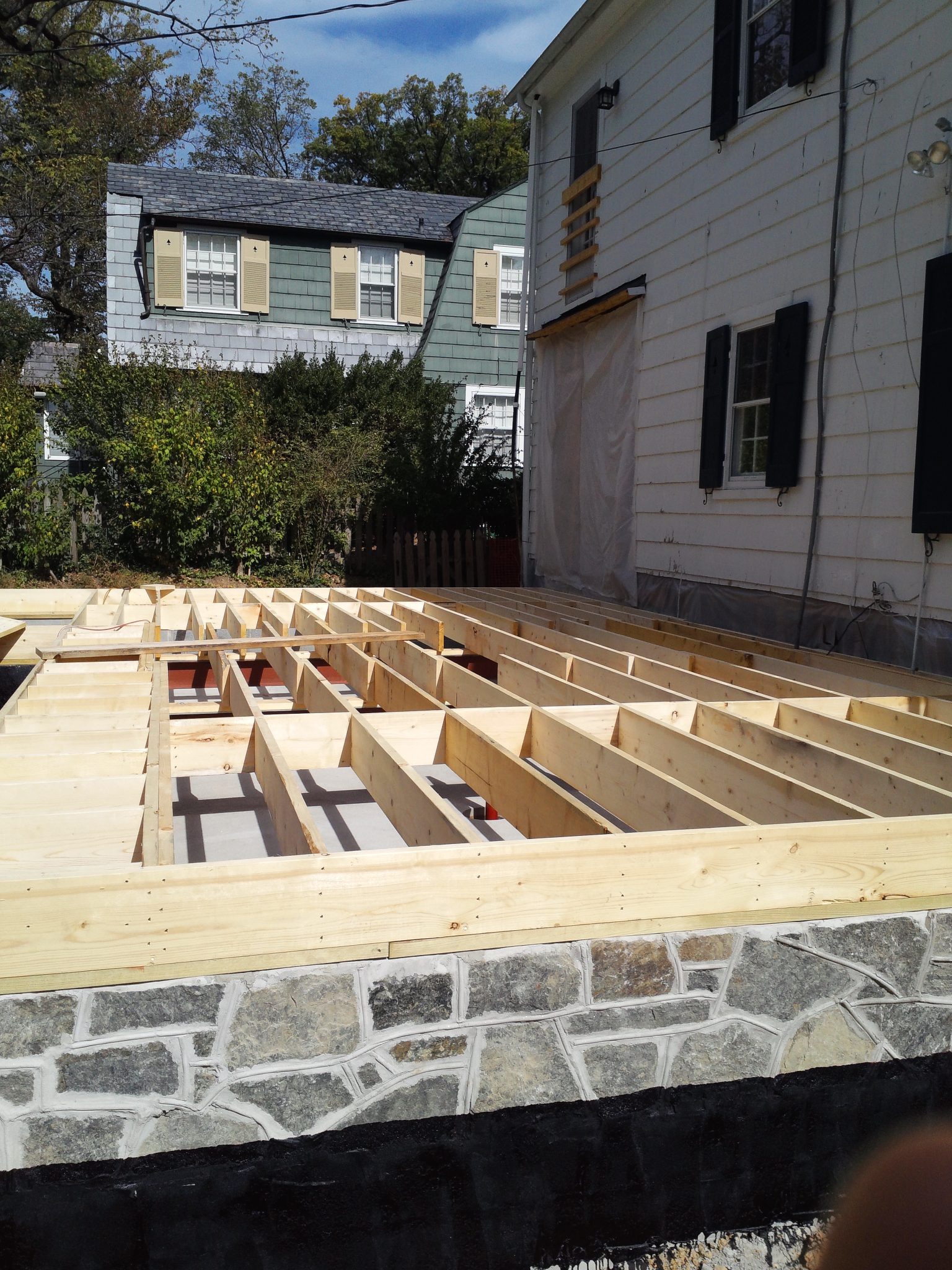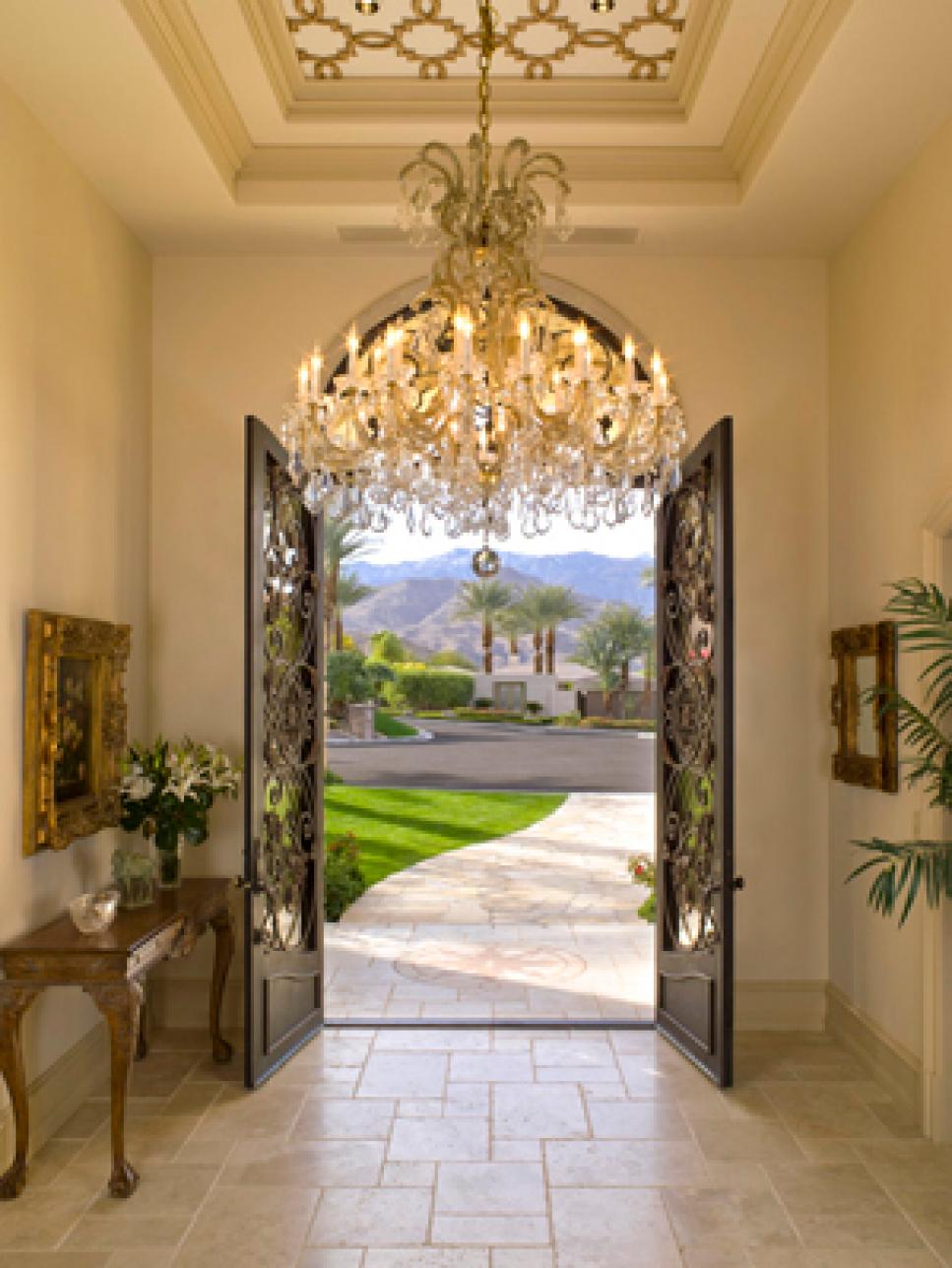
Upgrade Your Home Laundry Room Addition Essentials

Elevating Your Space: Upgrade Your Home with Laundry Room Addition Essentials
Maximizing Utility
The laundry room is often an overlooked space in the home, but it plays a crucial role in everyday life. When planning a laundry room addition, maximizing utility should be a top priority. Consider the layout of the space, ensuring that it allows for efficient workflow and ample storage. Incorporating features like built-in cabinets, shelving, and countertops can help keep supplies organized and within reach.
Enhancing Efficiency
Efficiency is key in a well-designed laundry room. Invest in energy-efficient appliances, such as front-loading washers and dryers, to reduce water and energy consumption. Consider adding a utility sink for hand-washing delicate items or cleaning household messes. Additionally, installing a retractable clothesline or drying rack can provide an eco-friendly alternative to traditional dryers.
Creating a Functional Layout
When designing your laundry room addition, consider the needs of your household and how the space will be used. A functional layout should include designated areas for sorting, washing, drying, and folding laundry. Ensure that there is sufficient space to maneuver between appliances and work surfaces comfortably. If space allows, consider incorporating a dedicated ironing station or sewing area for added convenience.
Prioritizing Storage
Storage is essential in any laundry room to keep supplies, cleaning products, and linens organized and easily accessible. Incorporate a mix of closed cabinets, open shelving, and baskets to accommodate various items. Utilize vertical space by installing overhead cabinets or shelving units. Don’t forget to include storage solutions for bulky items like laundry baskets and vacuum cleaners.
Embracing Style
While functionality is paramount, there’s no reason why your laundry room can’t also be stylish. Choose finishes and materials that complement the rest of your home’s aesthetic. Consider adding decorative elements like wallpaper, tile backsplashes, or pendant lighting to elevate the space. Don’t overlook the opportunity to personalize the room with artwork, decorative hooks, or a statement rug.
Ensuring Proper Ventilation
Proper ventilation is essential in a laundry room to prevent mold, mildew, and moisture-related issues. Install a vent fan or exhaust system to remove humid air and odors from the space. Ensure that dryer vents are properly routed to the exterior of the home to prevent lint buildup and fire hazards. Consider adding a window or skylight to introduce natural light and fresh air into the room.
Incorporating Multi-Functional Features
In smaller homes or apartments, laundry rooms often serve multiple purposes beyond just laundry. Consider incorporating multi-functional features that allow the space to adapt to different needs. For example, a folding or retractable ironing board can double as a workspace or craft station when not in use. Similarly, a stacked washer and dryer can free up floor space for other activities.
Prioritizing Accessibility
Accessibility is crucial, especially for households with elderly or disabled family members. When designing your laundry room addition, consider installing appliances and storage at a height that is easily reachable for all users. Ensure that pathways are wide enough to accommodate wheelchairs or mobility aids. Additionally,









